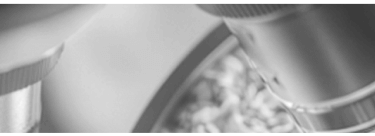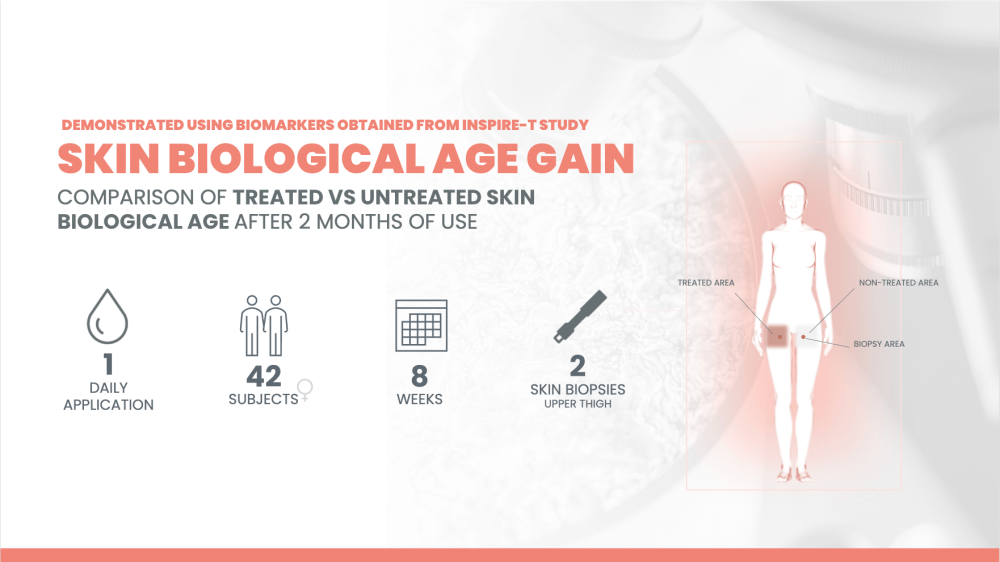
SCIENCE BEHIND HYALURON ACTIV PROCEDURE
The study of aging: a major driver for the future
The global demographic landscape is experiencing a significant shift towards an aging population. By 2030, it is projected that one-sixth of the world's population will be aged 60 years or older. This demographic trend underscores a growing emphasis not only on extending life expectancy but also on enhancing the quality of life as individuals age.
From a medical and technical perspective, there is an increasing focus on aging gracefully, prioritizing better health and well-being while striving to maintain a youthful and dynamic appearance. This desire to age well encompasses various aspects, including:
- Physical Health: Maintaining robust physical condition and mobility through regular exercise, balanced nutrition, and preventive healthcare measures.
- Mental Wellness: Ensuring emotional and cognitive well-being through mental health support, cognitive training, and social engagement.
- Aesthetic Vitality: Preserving a youthful and vibrant appearance through advanced dermatological treatments, cosmetic procedures, and skincare regimens.
This holistic approach reflects a comprehensive strategy towards the aging process, ensuring that individuals can enjoy their later years with vitality and confidence.
Finally, aging well is a genuine public health challenge. Indeed, the current healthcare system will not be able to support an increasingly aging population suffering from multiple pathologies. It is necessary and urgent to find preventive solutions to the loss of functionality of our various organs in order to stay healthy for as long as possible.
A pioneering initiative in geroscience
In this context, several initiatives focused on the study of ageing have emerged, particularly in Europe. One particularly innovative project has established itself as a major initiative in this field: the IHU HealthAge in Toulouse, which began in 2007 with the creation of a Gerontopôle. Since its launch, it has brought together numerous complementary initiatives and studies, ranging from basic science to clinical research, in order to explore all aspects of ageing. This initiative is the result of a prestigious collaboration between world-renowned research institutions such as INSERM, Toulouse III University and Toulouse University Hospital. Several key players in academic research and medicine are participating in this collaborative effort.
As part of this comprehensive research programme, the INSPIRE-T cohort is currently underway and is collecting clinical data and hundreds of thousands of biological samples, including:
- Blood
- Urine
- Buccal swabs
- Saliva
- Skin
- Feces
- Skin samples (biopsies, tape stripping, swabs).
- Hair follicles
In addition, it collects a wealth of data from these samples. This cohort follows more than 1,100 people, aged 20 to 100, over a period of 10 years (study still ongoing). The aim is to better understand the ageing process and improve knowledge in order to prevent the loss of intrinsic abilities.
This ambitious initiative aims to provide valuable insights into the mechanisms of aging, ultimately contributing to better health outcomes and an improved quality of life for the elderly population.
Pierre Fabre's commitment to cutting-edge aging research
Pierre Fabre Research is committed to cutting-edge research on aging. As part of this extensive research project, the Pierre Fabre Group has established a strategic partnership focused on skin research. The skin is the largest organ of the human body, our first barrier against external stress and the organ that visibly shows the first signs of aging
This collaboration aims to leverage the combined knowledge and resources of academic and industrial teams to deepen the understanding of skin aging mechanisms. As part of this collaboration, the skin data of 80 subjects from the cohort were closely analyzed. The subjects ranged in age from 20 to 83 years and included 36 women and 44 men.
Using this data, Pierre Fabre has strengthened its knowledge of skin aging and made discoveries about new targets to counter cellular aging. Thanks to these data and an innovative methodology, we were able to determine an individual's biological age from a skin biopsy, based on protein analysis.
Biological age: the new reference
Previously considered as an essential parameter in managing aging, chronological age, or the time measured since an individual's birth, is now being challenged. Although universally recognized, this parameter is independent of environmental factors and does not accurately reflect the functional state of a person's body.
In contrast, biological age reflects an individual's physiological function and overall health status. It takes into account the cumulative effects of lifestyle, genetics, and environmental factors on their health and aging process. Biological age provides a more accurate assessment of an individual's health status and potential longevity. This offers healthcare professionals insights into personalized treatment and prevention strategies.
Understanding this distinction allows for better management of age-related conditions and optimization of patient care.
Effect of Hyaluron Activ Procedure Lifting Cream on biological age
Thanks to close collaboration between Pierre Fabre's R&D teams and the cohort's research teams, a large amount of data from skin biopsies was analysed. Comprehensive analysis of these samples made it possible to correlate a set of protein abundances with chronological skin age.
As part of a collaboration with INSERM, we were able to identify proteins involved in skin aging (publication in progress). We focused on a panel of 17 proteins that play roles in various cellular functions associated with aging. This approach was presented at the ESDR (European Society for Dermatological Research) Congress in September 2025.
Access the poster here

Epidermal protein signature for anti-aging evaluation: from pharmaco clinical to molecular mechanisms of a formula containing Retinaldehyde, Niacinamide and Hyaluronic acid_poster
.PDF 0.43 Mo
To evaluate the effectiveness of the Lifting Cream, a robust clinical study was conducted. The cream was applied to 42 subjects once daily for 8 weeks on a non-photoexposed area (upper thigh). At the end of the study, two skin biopsies were performed: one on the treated area and another on the untreated thigh.
After proteomic analysis of the study samples and using regression lines for the 17 key proteins, we were able to correlate protein abundance with skin biological age.
The average results of the study reveal:
- A biological skin age of 42 years in the untreated area.
- A biological skin age of 35 years in the treated area.
This represents a difference of 7 years in biological skin age after 8 weeks of using Hyaluron Activ Procedure Lifting Cream.
This innovative methodology, based on data from a large-scale study, has enabled us to be at the forefront of aging research. By leveraging this comprehensive dataset, we have gained unprecedented insights into the mechanisms of skin aging. This breakthrough allows us to identify and validate new targets for intervention, opening avenues for developing more effective anti-aging strategies.
Our approach not only advances our understanding of the aging process but also sets the stage for future innovations in age-related dermo-cosmetic treatments.
